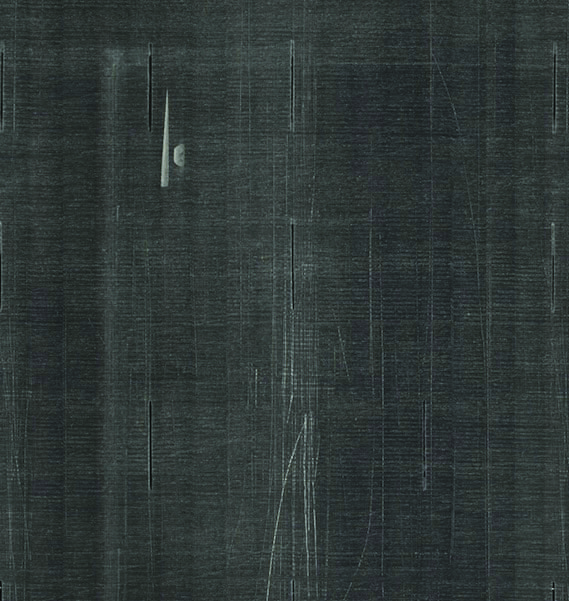Taking Visual Inspection Technology to a New Level
When many of us pick up our smartphones and take a panoramic photo, we probably think that’s a neat feature. But for inspection personnel at a nuclear energy facility, the technique behind those panoramic photos is more than neat—it helps them complete vital visual inspections more efficiently, while at the same time reducing operator fatigue and enabling better quality inspections. That technique is called “stitching,” and today’s personnel apply it to the in-service inspections of nuclear energy facilities to ensure they continue to operate reliably and safely.
A range of components and equipment in a nuclear energy facility must undergo regular inspections. Some of these inspections take place in areas where there is plenty of space and inspectors can insert robots, manipulators, and other larger systems that gather data to offer insight into the state of a component. However, smaller, more-restricted areas require a different approach. That’s where a technique like stitching comes in.
A New Approach
Led by Matthieu Taglione, surface examination section manager in France, Framatome experts developed an approach to inspections using stitching based on experiences evaluating bottom-mounted instrumentation nozzles (BMN). These nozzles have a 14.6-mm inside diameter, and personnel would use a small boroscope for the inspection. However, this boroscope had a field of view of approximately 3 mm by 4 mm, and traveled at a rate of 0.5 mm per second, resulting in operator fatigue and a limited field of view, both of which created challenges to obtaining a good characterization of any blemishes on the nozzles. Further, this process was fatiguing for the inspector due to the extended time in front of a video monitor with little change in the image.
After identifying this need and evaluating a range of digital tools, engineers and technicians determined that stitching offered a better way to integrate the necessary data during visual inspections. Stitching takes a video file and knits together an image on a pixel-by-pixel basis, ensuring a better image and offering a “big picture” view of the inspection area (Figure 1). These images are still taken by a small range-of-view camera (such as a boroscope) that can access small-diameter nozzles, such as BMNs, or other restricted areas where traditional cameras and delivery tools do not fit.
Early prototypes of the stitching software would take the finished video files and convert them to the stitched image. Today, the latest software allows direct writing of the video image to the stitched image with a variety of camera trajectories, such as a traditional raster scan or helical movements. Compared to the earlier prototypes, this creates the image faster and eliminates a processing step. In addition to being easier for the inspector to review, the stitched image results in a more convenient record of the condition of the plant for the operator, where image compression is no longer necessary.
By conducting visual inspections with stitching, the inspection speed of BMNs can be increased from 0.5 mm per second to 12 mm per second with no loss of quality between the video and the stitched image. The total inspection time is faster than the previous process, even accounting for the fact that the operator does not examine the visual inspection results until after full acquisition.
Inspectors can then pull up a specific image from their records (Figure 2), rather than scroll through hours of video, and manipulate and zoom in on that image to identify any defects or areas of concern. Because that information is in a single image file, personnel can more efficiently characterize and distinguish among any defects, which can include cracks, scratches, machining marks, or other surface blemishes. If an inspector identifies a surface flaw, further inspections, such as a volumetric (ultrasonic) exam, are conducted.
Stitching allows visual inspections to be conducted more efficiently in a variety of ways. Information is acquired, and data is analyzed and verified more quickly and with improved quality. Inspectors can also archive and review data more easily, and images are directly linked to the video, allowing easy and efficient access to the source video in the event additional verification of indications is required. These benefits, in turn, help improve outage schedules.
The Future
With a clear focus on servicing today’s reactor fleet and advancing the future of nuclear energy, Framatome experts constantly research and develop new ways to conduct vital visual inspections. For instance, improved cameras, software, delivery techniques, and storage formats continually enhance performance. This allows personnel to complete visual inspections more quickly and efficiently, and with greater accuracy, supporting the continued efficient and reliable production of low-carbon electricity using nuclear energy.
—Darren Wood is global product development manager at Framatome.

